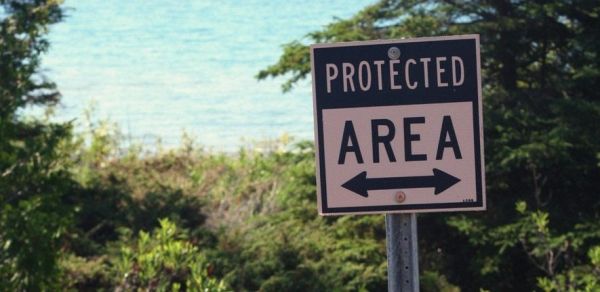As the extinction crisis escalates, and protest movements grow, some are calling for hugely ambitious conservation targets. Among the most prominent is sparing 50% of the Earth’s surface for nature.
‘Half-Earth’ and similar proposals have gained traction with conservationists and policy makers. However, little work has gone into identifying the social and economic implications for people. Now, researchers have produced the first attempt to assess how many and who would be affected if half the planet was ‘saved’ in a way that secures the diversity of the world’s habitats.
A team of scientists analysed global datasets to determine where conservation status could be added to provide 50% protection to every “ecoregion”: large areas of distinct habitats such as Central African mangroves and Baltic mixed forests.
Even avoiding where possible “human footprints” such as cities and farmland, their findings suggest a “conservative” estimate for those directly affected by Half Earth would be over one billion people, primarily in middle-income countries.
Continue reading at University of Cambridge
Image via University of Cambridge


